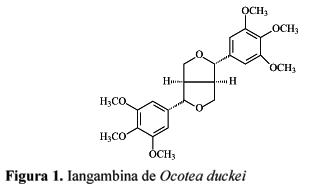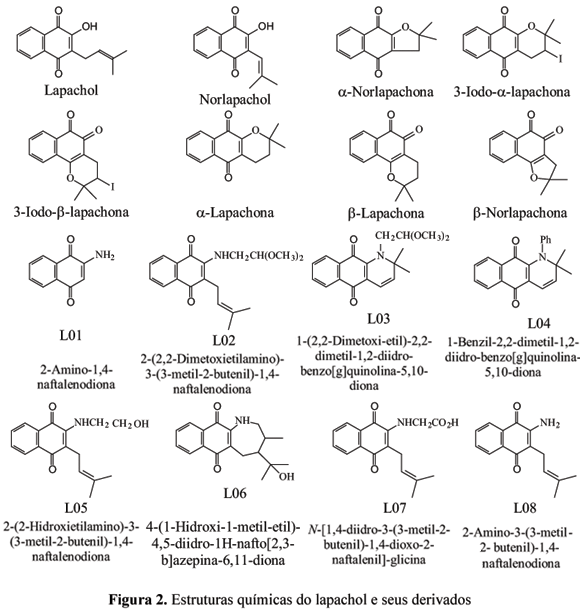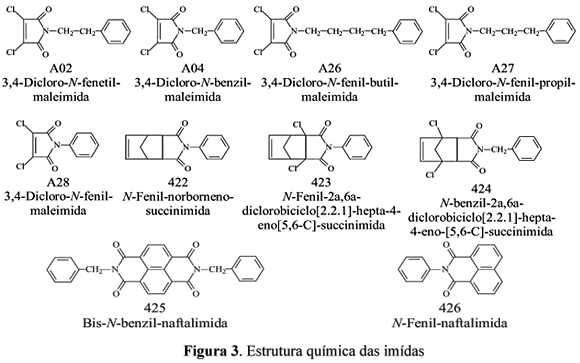Regarding the problem of microbial resistance, the researches point to the use of new antibiotic which can be active against the emergent pathogens. This work aims to test the activity against Gram-positive bacteria (Staphylococcus aureus), Gram-negative bacteria (Escherichia coli e Pseudomonas aeruginosa) and leveduriform fungi (Candida albicans), and also the Minimum Inhibitory Concentration (MIC) of the constituent of Ocotea duckei Vattimo, lapachol and its synthetic derivatives alpha-lapachone, beta-nor-lapachone, beta-lapachone, alpha-nor-lapachone, beta-3-iodin-lapachone and alpha-3-iodin-lapachone, as well as seven nitrogenated derivatives of lapachol obtained through semi synthesis. The achieved results stimulate the deepening of the studies for some of theses substances such as lapachol and its analogous which demonstrated antimicrobial activity. The substances which were active against S. aureus, were lapachol and the ethanolic extract of Ocotea duckei Vattimo, against Escherichia coli iangambin and against C. albicans the imides. The other substances did not show any activity against the tested bacteria.
Antimicrobial activity; phytoconstituents; synthetic substances; yangambin; lapachol; bacteria; yeast








